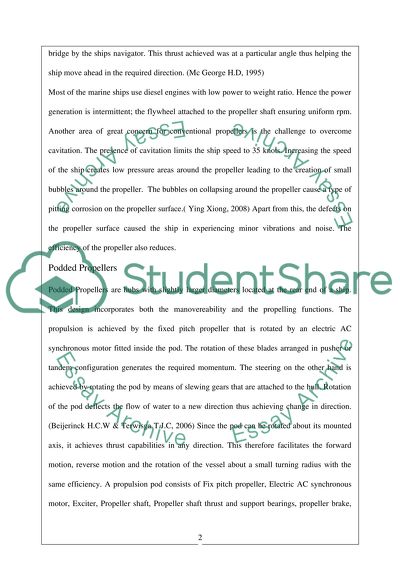Cite this document
(“Maritime Technology 3 Essay Example | Topics and Well Written Essays - 1500 words”, n.d.)
Retrieved from https://studentshare.org/environmental-studies/1410241-maritime-technology
Retrieved from https://studentshare.org/environmental-studies/1410241-maritime-technology
(Maritime Technology 3 Essay Example | Topics and Well Written Essays - 1500 Words)
https://studentshare.org/environmental-studies/1410241-maritime-technology.
https://studentshare.org/environmental-studies/1410241-maritime-technology.
“Maritime Technology 3 Essay Example | Topics and Well Written Essays - 1500 Words”, n.d. https://studentshare.org/environmental-studies/1410241-maritime-technology.


